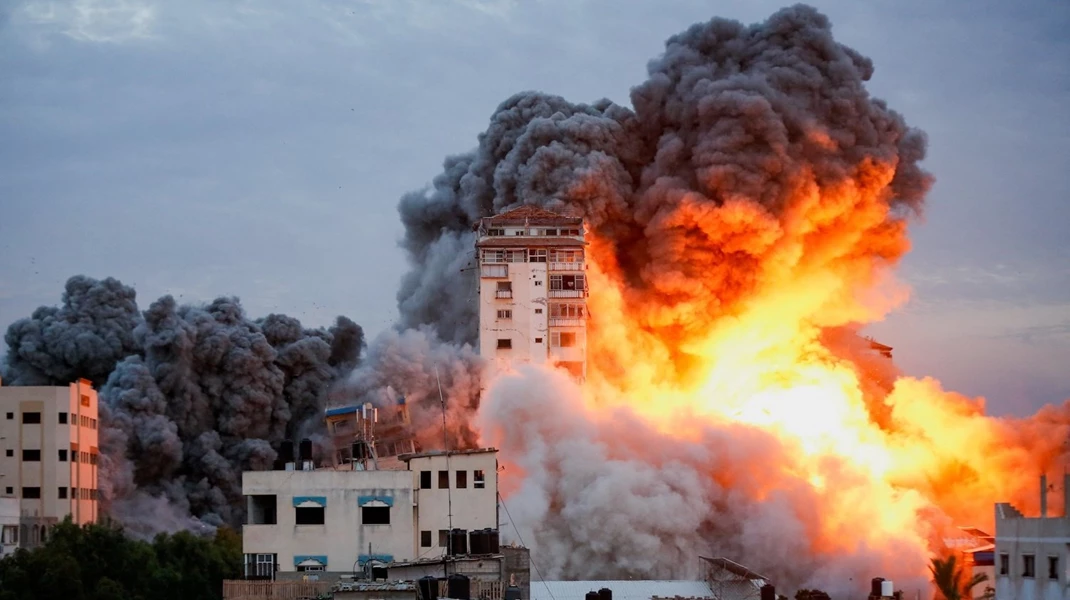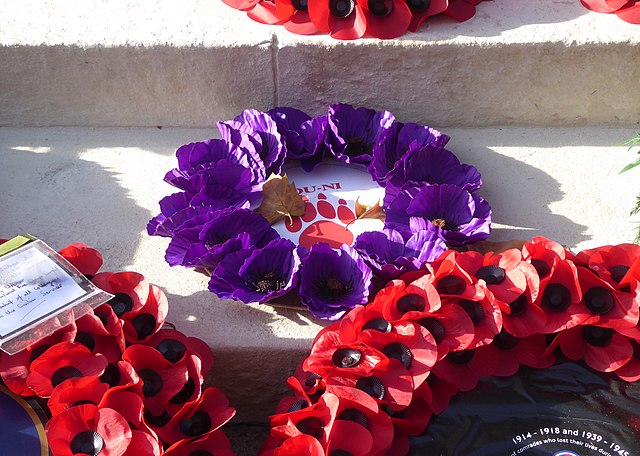Gaza 2023 is getting to feel an awful lot like East Pakistan 1971

In Gaza, there are Monday morning blues, and then some. With the Israel Defence Forces saying it is operating “across all of the Gaza Strip”, it’s important to refer back to last week’s alleged agreement between the Israeli government and the United States.
On November 30 (Thursday), we heard a number of reassuring things from US Secretary of State Antony Blinken about the future conduct of its military operations in Gaza.
Mr Blinken said that Israel had agreed to form a “clear plan” for averting civilian deaths before resuming its assault of southern Gaza.
In fact, his exact words to journalists in Tel Aviv were as follows: “We made clear the imperative that before any operations go forward in southern Gaza that there be a clear plan in place that puts a premium on protecting civilians as well as sustaining and building on the humanitarian assistance that’s getting into Gaza. And the Israeli government agreed with that approach.”
He added that the United States wants Israel to designate safe zones for civilians to gather, to allow displaced Gazans to return north to their homes, to avoid significant further displacements and to try to spare critical infrastructure such as hospitals.
He said: “I underscored the imperative to the United States that the massive loss of civilian life and displacement of the scale we saw in northern Gaza not be repeated in the south. As I told the prime minister, intent matters, but so does the result.”
Mr Blinken also said that the US had been pushing Israel to take a more targeted battlefield approach and to act “in accordance with international humanitarian law and the laws of war, even when confronting a terrorist group that respects neither”.
The reason that Mr Blinken’s words should be quoted in full is to assess the actions that followed after their utterance.
Roughly a 100 hours after Mr Blinken’s tough talk, here’s what we get:
** A barrage of airstrikes over Khan Younis, the second largest city in the Gaza Strip. On X, formerly Twitter, Unicef spokesman James Elder described a sleepless night “of utterly relentless bombardments” in the city and a desperation so intense that even the birds were pecking on his window in an effort to flee the noise.
** Imperious directions from Israel to people who’ve already been displaced from northern Gaza, to evacuate Khan Younis.
** And a map! One that’s probably of little use to displaced Gazans, after eight weeks of bombardment and sans much electricity or internet connectivity. The map subdivides Gaza into hundreds of small blocs that Gazans are supposed to use to get to safety. Israel says the map is evidence of its desire to protect civilians but aid workers on the ground and journalists in Jerusalem, such as the BBC’s international affairs editor Jeremy Bowen, say they’re puzzled by what practical help the map might provide. A map accessed via a QR code on social media posts and leaflets dropped into Khan Younis belongs to a world without relentless bombing, one in which we can just play at being at war.
For now, the US appears to take Israel at its word.
Blinken is not Kissinger but Gaza 2023 is getting to feel an awful lot like East Pakistan 1971.





